In this fast-paced modern life, our feet bear the weight of the entire body, enduring tremendous pressure with every step.
However, have you ever wondered how the pressure is distributed on your feet when bearing weight? Today, let's explore the plantar pressure distribution system and how it diagnoses foot health.
1. The Mystery of the Plantar Pressure Distribution System
The human foot is a complex structure, filled with hundreds of muscles, bones, and ligaments. These structures cooperate to support our walking, running, and jumping movements.
The plantar pressure distribution system refers to how pressure is distributed across different parts of the foot when bearing body weight and during movement.
The role of the plantar pressure distribution system is crucial. It not only helps us understand the condition of the feet under pressure but also reflects foot health.
By monitoring the plantar pressure distribution, we can promptly detect foot problems such as flat feet, high arches, plantar fasciitis, etc., and take targeted treatment measures.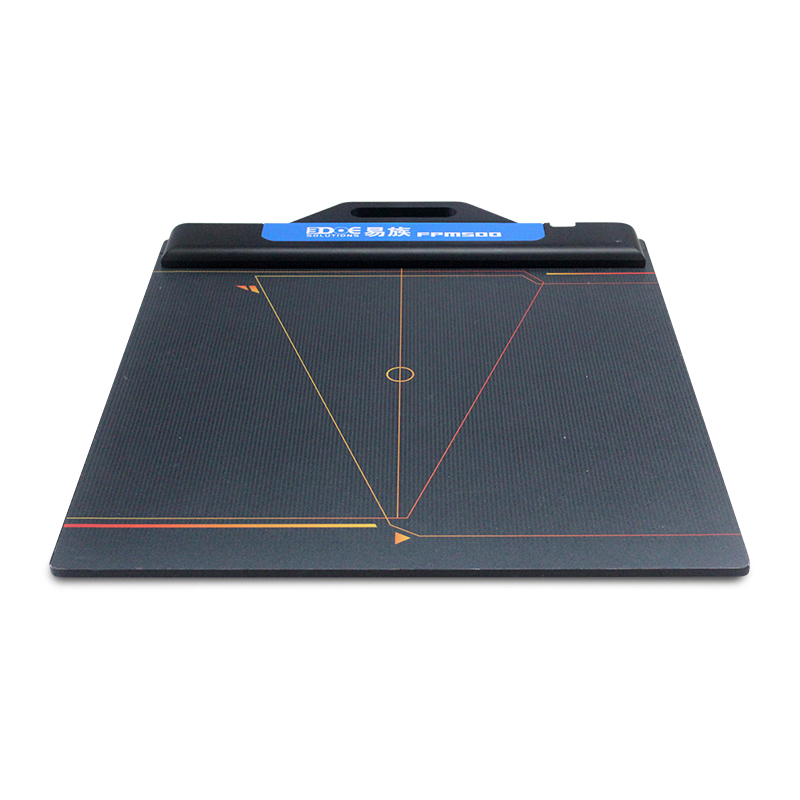
2. How to Diagnose Foot Health
Diagnosing foot health requires understanding the plantar pressure distribution.
Currently, there are many professional foot pressure testing devices on the market, such as plantar pressure scanners, gait analysis systems, etc. These devices measure the pressure distribution across different parts of the foot, helping us understand foot health.
In addition to using professional equipment, we can also judge foot health by observing our gait and foot condition. For example, abnormal gait may be a sign of foot problems; flat-footed individuals may exhibit an inward toeing gait, while high-arched individuals may exhibit an outward toeing gait. Furthermore, foot pain, swelling, and other symptoms may also signal foot diseases.
3. Recommendations for Protecting Foot Health
Choose appropriate footwear: Since everyone's foot shape and gait are different, choosing suitable shoes is crucial. Proper shoes should provide adequate support and cushioning to reduce pressure on the feet.
Maintain a proper weight: Being overweight increases the pressure on the feet, thus increasing the risk of foot diseases. Therefore, maintaining a proper weight is essential for protecting foot health.
Engage in foot exercises: Proper foot exercises can strengthen foot muscles and improve foot resilience, enhancing the foot's ability to withstand pressure. For example, exercises such as toe tapping and toe gripping can be performed to exercise foot muscles.
Regularly check foot health: Regularly check foot health to promptly detect and address foot problems. Professional foot pressure testing equipment can be used for examination, or you can observe gait and foot condition yourself.
The plantar pressure distribution system is an important tool for maintaining foot health. By understanding the distribution of plantar pressure, we can promptly detect and address foot problems, ensuring our 'steps' are steady. Let's start paying attention to foot health now and enjoy a healthy life.

 +86-0755-86131192
+86-0755-86131192 2024-04-26
2024-04-26 Back to list
Back to list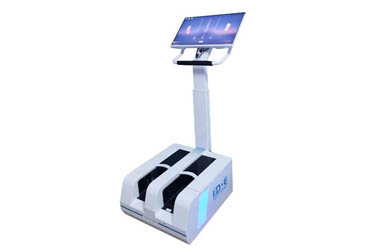
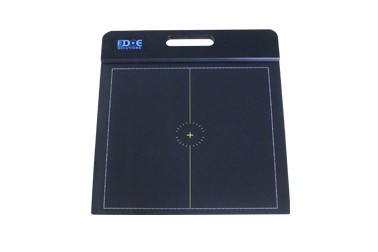
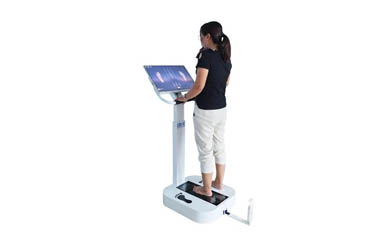
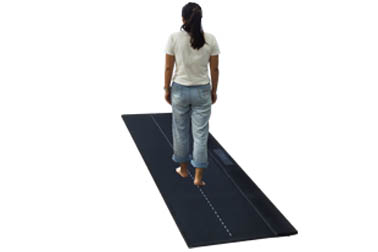
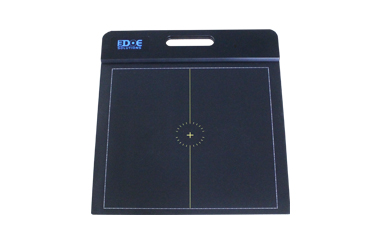
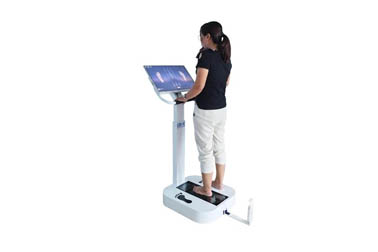



 +86-0755-86131192
+86-0755-86131192